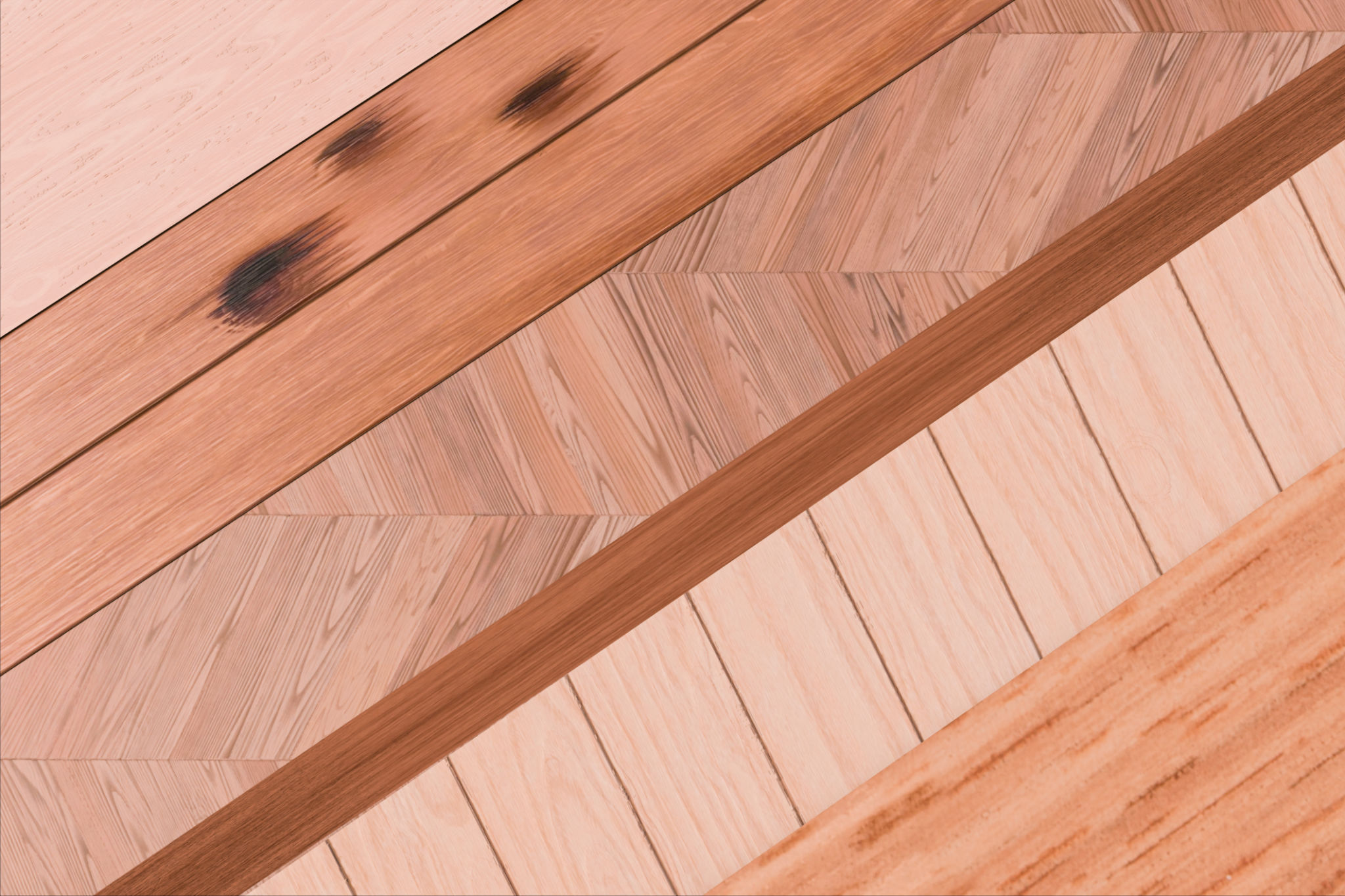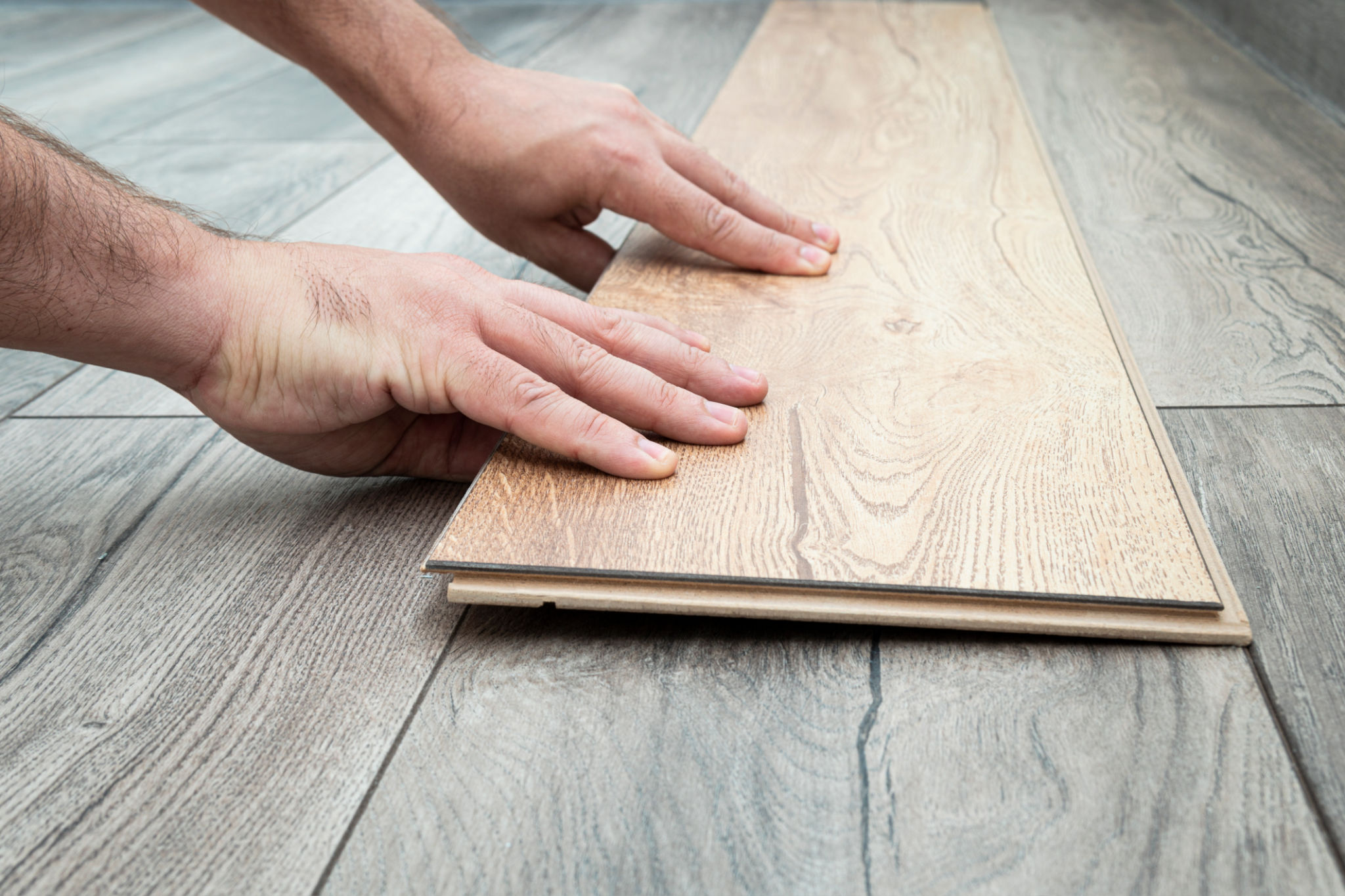Floor Care and Maintenance: Expert Tips for Long-Lasting Results
Understanding Your Flooring Material
Before diving into floor care and maintenance, it's essential to understand the type of flooring you have. Different materials, such as hardwood, laminate, tile, or carpet, each require specific cleaning methods and products. Using the wrong approach can lead to damage or a reduction in the lifespan of your flooring.
For instance, hardwood floors require a gentle touch and should never be soaked with water. On the other hand, tile can handle more robust cleaning solutions but may need sealant to protect grout lines. Knowing your material helps in selecting the appropriate cleaning techniques.

Regular Cleaning Routine
A consistent cleaning routine is crucial for maintaining the beauty and longevity of your floors. A simple daily sweep or vacuum can prevent dust and dirt from scratching the surface. For a deeper clean, consider the following:
- Hardwood: Use a microfiber mop and a cleaner specifically designed for wood floors.
- Tile: A neutral pH cleaner with a mop will keep tiles shiny and grout lines clear.
- Carpet: Regular vacuuming combined with periodic deep cleaning helps remove embedded dirt.
Maintaining this routine will not only make your floors look great but also reduce the need for more intensive cleaning processes.

Protective Measures
In addition to regular cleaning, using protective measures can significantly extend the life of your floors. Rugs and mats at entryways can trap dirt before it spreads throughout your home. Consider furniture pads under heavy items to prevent scratches on hardwood or indentations on carpet.
Another protective measure is applying a sealant to vulnerable surfaces like grout or natural stone. This extra layer can prevent water damage and staining, keeping your floors looking pristine for years to come.
Dealing with Stains
No matter how cautious you are, spills and stains are inevitable. The key is prompt action. For liquid spills on hardwood floors, quickly blot with a dry cloth to avoid water damage. On carpets, use a blotting technique rather than scrubbing to prevent spreading the stain further.
If you're dealing with more stubborn stains, consider products specifically made for your type of flooring. For example, a mild detergent mixed with water can work wonders on tile stains, while an enzyme cleaner might be necessary for pet stains on carpet.

Professional Maintenance
While regular upkeep is essential, professional maintenance should not be overlooked. Hiring experts for tasks like deep cleaning carpets or refinishing hardwood floors can restore their original luster and extend their lifespan.
Professionals come equipped with advanced tools and knowledge that can tackle even the most stubborn dirt or damage, ensuring your floors remain in top condition.
Recognizing When It's Time for Replacement
Despite best efforts in maintenance, there comes a time when floors may need replacing. Signs such as persistent dullness, irreparable damage, or outdated styles indicate it's time for an upgrade. Replacing flooring not only enhances the aesthetic appeal of your home but can also increase its value.
Consulting with flooring professionals can help you select a material that suits your lifestyle and budget while offering durability and style.

By understanding your flooring material, establishing a regular cleaning routine, taking protective measures, and knowing when to seek professional help or replacement, you can ensure your floors remain beautiful and functional for years to come. With these expert tips, maintaining your floors becomes an effortless part of your home care routine.